Respectfully, I think on a closer read, the 4, 8, and 16 lb per cubic foot versions are all structural. "Structural" is a vague term though, and it really comes down to failure modes and suitability for a particular application. I'm not an expert on coring at all and I suspect we would agree there are better materials for some coring applications than the expanding foams discussed.
My question is whether the denser US Composites make sense for some coring applications, especially given the advantage of conforming to the shape of a mold. (It'd be pretty hard for Mark to have shored up his strakes with balsa or Coosa.

. )
The article you cited on sandwich construction was a good read--thanks for that.
IF someone is able to construct/install the foam properly, minimizing voids and getting a good bond, I would expect it might perform very well. That's not always easy as it's tricky to work with. But my experience is that done right it can bond very well. I have little data to assess whether that bond remains excellent over time or degrades. There's also a question of what bonds to what. If you use the foam on an existing glass surface, you're relying on the foam to bond to the glass. If the foam has cured and then you glass it in, the resin is bonding to the cured foam.
The 4lb foam is recommended for compressive structural applications, such as bedding in tanks or even supporting decking or flooring best I recall. The 8 and 16 flavors are considerably stronger still. Not sure which of the 5 failure modes in the article you cited concern you?
(a) Yielding or Fracture of the tensile face,
(b) Buckling or Wrinkling of the compression face,
(c) Failure of the core in shear all though there is also a lesser possibility of tensile or compressive failure of the core,
(d)The failure of the bond between the face and the core and
(e) the possibility of indentation of the faces and core at the loading points.
Thinking about these out loud....A and B are failures of the face material, not the foam. The high compression strength of the 8 and 16 should do well to support the face materials in resistance to buckling. Same with indentation at loading points. If construction made for a sufficiently void-free structure, those would likely be good.
Failure of the bond seems a concern. I suspect the biggest concern there might be construction methods. My guess is if done right, the bond would be good. I'd also expect it would remain good but I don't have much evidence or experience either way there. I'd be more concerned about getting it right than keeping it right. Getting it right, though, would be near the top of my list of concerns.
Failure if the core in shear is also a valid concern. The article suggests (like the center of an I-beam), the core is inherently less at risk of tensile or compressive failure than the faces. The 8 and 16 flavors have good compressive strength and tensile strength. Which leaves shear and flexural strength. Which instinctively seem ike the greatest concerns to me of the foam's strength.
Shear strength of the 16 foam is a bit above half that of comparably dense Coosa. So, not as good but certainly not non-structural. Flexural strength is far below the Coosa, though the nature of sandwich construction suggests that's potentially less significant because it is a sandwich--the outer layers are meant to see the highest flexural stresses, not the coring.
Again, not claiming to be a coring expert, but the USC foams above 3lb density are all structural. The 8 and 16 esprcially. I think the real question is "for what structural applications do they make sense?" Here are some specs on USC foam and Coosa products.
http://www.uscomposites.com/foam.html
http://coosacomposites.com/images/Test_Data_0412.pdf
Circling back, it sounds like you have some expertise here--curious what particular failure modes drive your thinking about the USC foam, and also about your view of suitable applications, such as the strake repair or adding some strength to a fairly curved piece of glass? What's the right way to use something like a Coosa, or other pre-formed sheets, as coring on complex curved pieces? I suppose perhaps one can cut it up unto small squares or strips, like with end-grain balsa, but I'm not sure what the best approaches are.
Regards,
Mike






 Reply With Quote
Reply With Quote

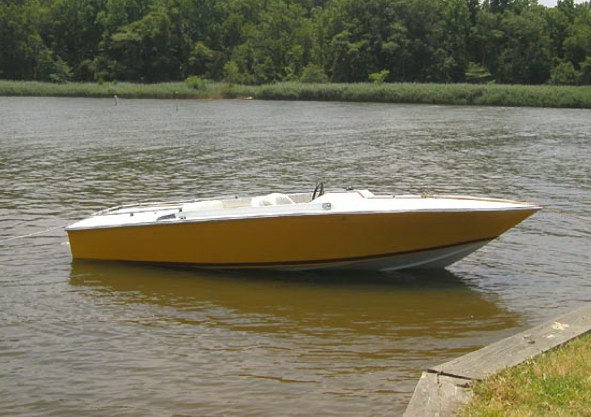
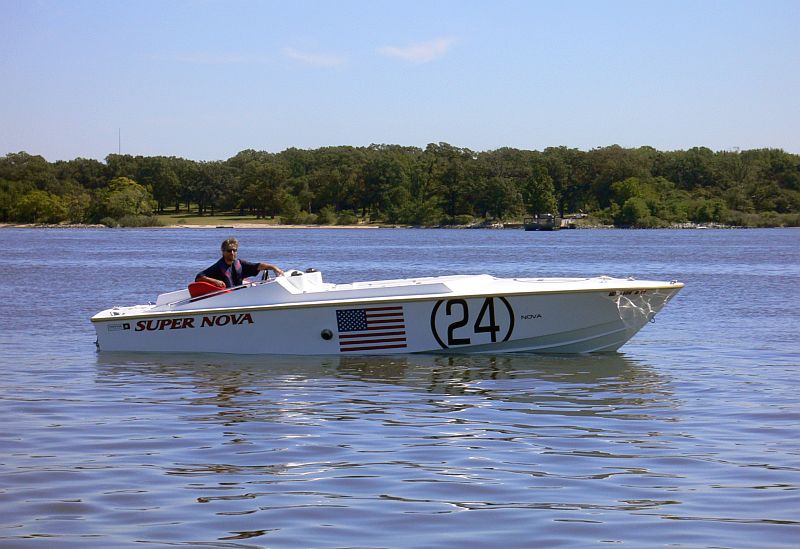
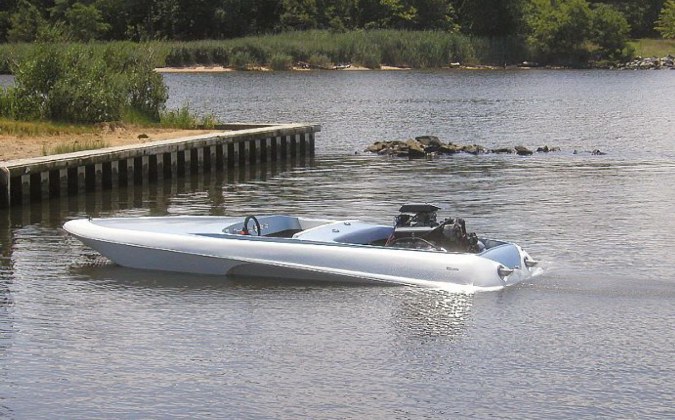
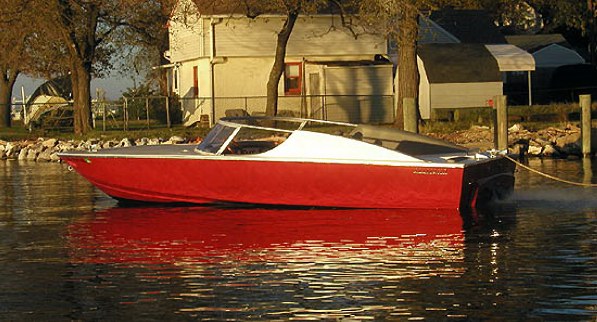
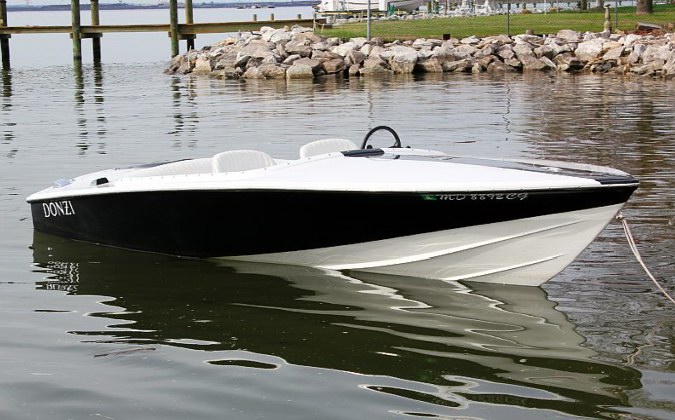

 . )
. )
